Blackdown Tableland National Park
Blackdown Tableland is a national park in central Queensland and offers stunning views of the escarpment from several lookouts around the national park.

Location - Blackdown Tableland National Park, Central Queensland, Australia
Difficulty - Grade 3, easy/moderate
Distance - 4 km return to Rainbow Falls
Time - Allow 1-2 hours return to Rainbow Falls
Blackdown Tableland is a national park in Central Queensland and the traditional home of the Ghungalu - the Three Rivers Tribe, and you can appreciate some Ghungalu artefacts on one of the walks. There are only a few short walks at Blackdown Tableland but they're all worthwhile. Blackdown Tableland offers stunning views of the escarpment from several lookouts around the national park.
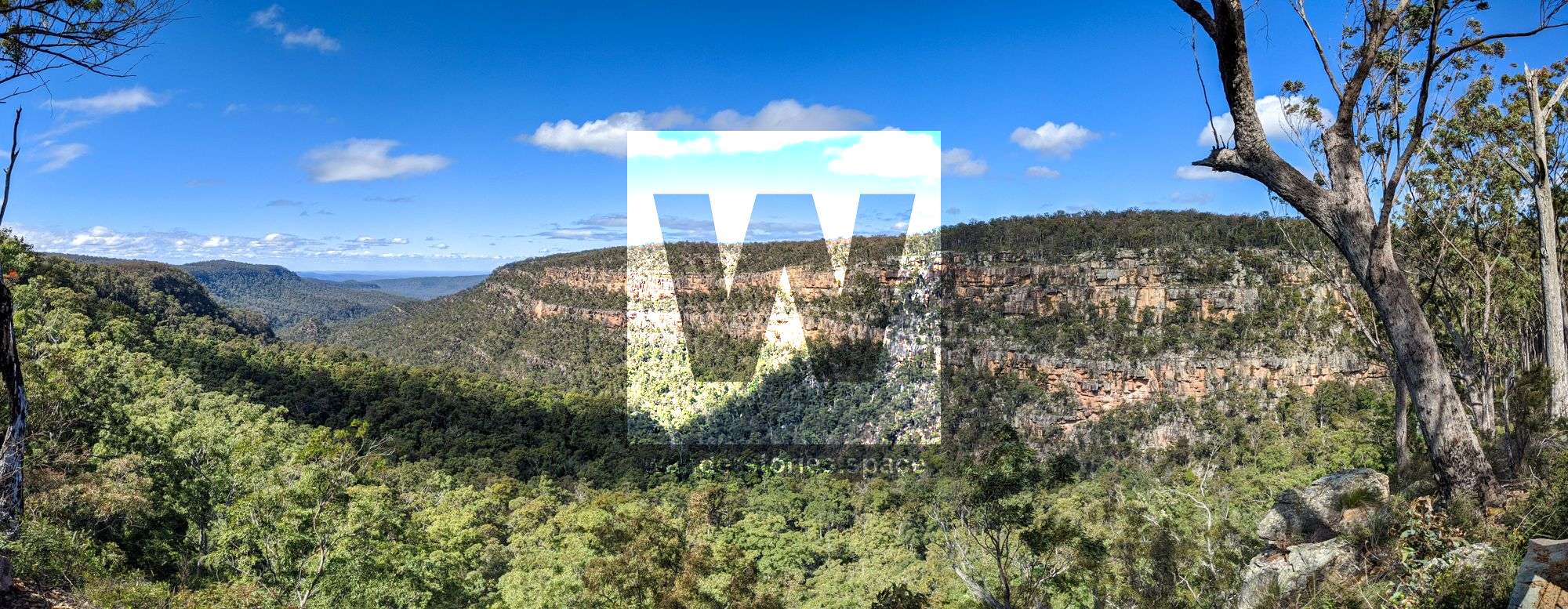
Discover bush sights, sounds and smells you follow Blackdown Tableland's walking tracks. Hear water trickling over boulders as you follow the Goodela track. Walk the Mook Mook or Gudda Gumoo tracks for rewarding views of distant ranges and plains below. Walk to Mook Mook lookout to capture the morning sun on sandstone cliffs and enjoy rich sunset colours from Yaddamem Dhina lookout.
Venture beyond the main route and take the Loop Road in your four-wheel drive. Pass sandstone outcrops and dry eucalypt woodland. Along the way, stop at Mitha Boongulla lookout to see a well-preserved section of the brigalow belt.
The four lookouts across the park provide grand views of the surrounding countryside. The Yaddamem Dhina and Mitha Boongulla lookouts are easily accessed on short strolls, while Mook Mook and Gudda Gumoo lookouts are rewards for a little bit more effort.
Munall (Mimosa) campground offers campers a place to relax in cool and quiet stringybarks and bush surroundings. Munall is the Ghungalu word for black goanna or lace monitor (Varanus varius). These distinctive reptiles are a common sight around the campground. Typically they spiral up the nearest tree when startled. Watch black goannas wander by and hear kookaburra calls echo through the trees. It's close to popular walking tracks and is a great place to camp in the heart of Blackdown Tableland. Toilets are available but no water is provided.
Interactive Map
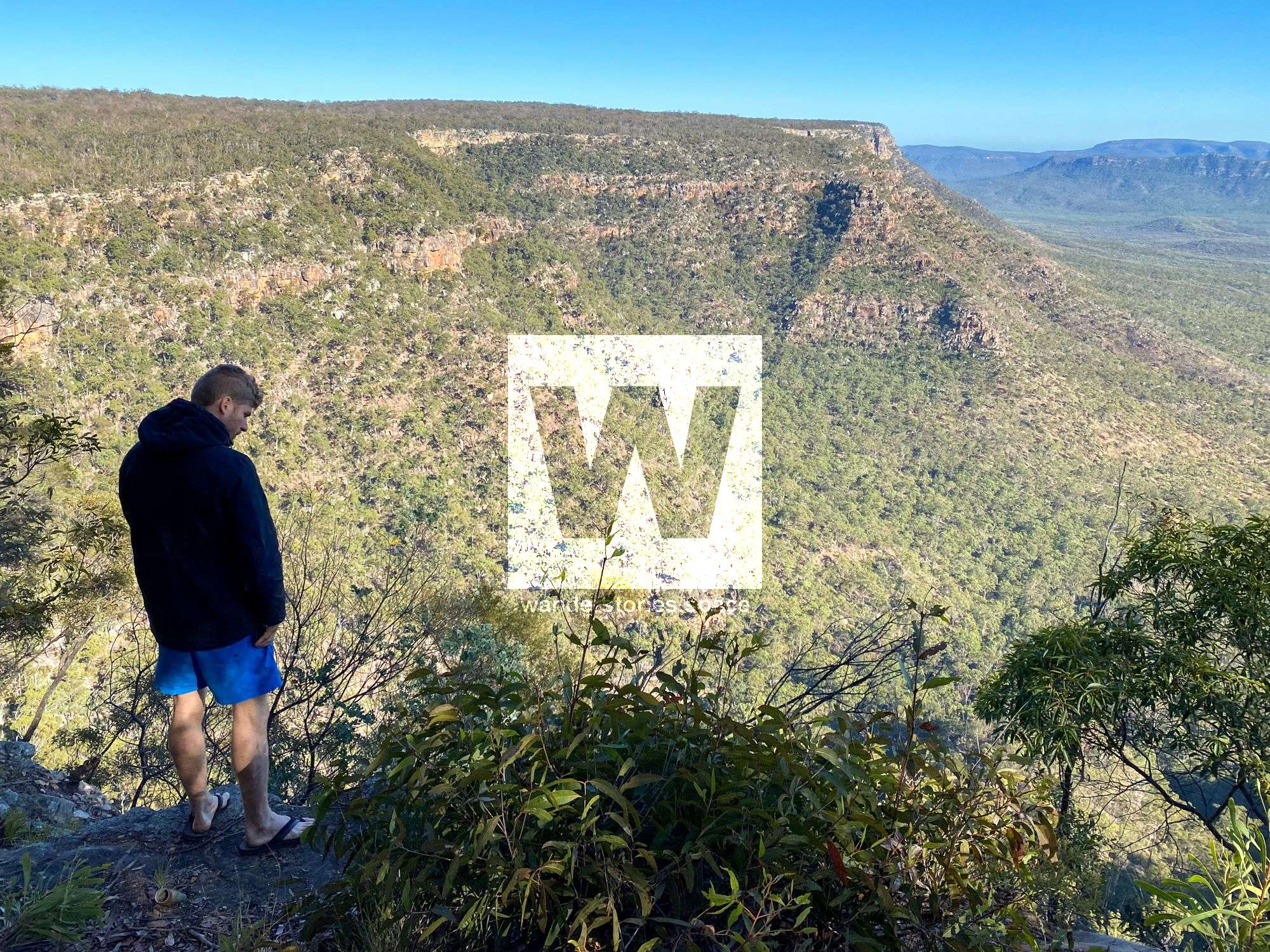
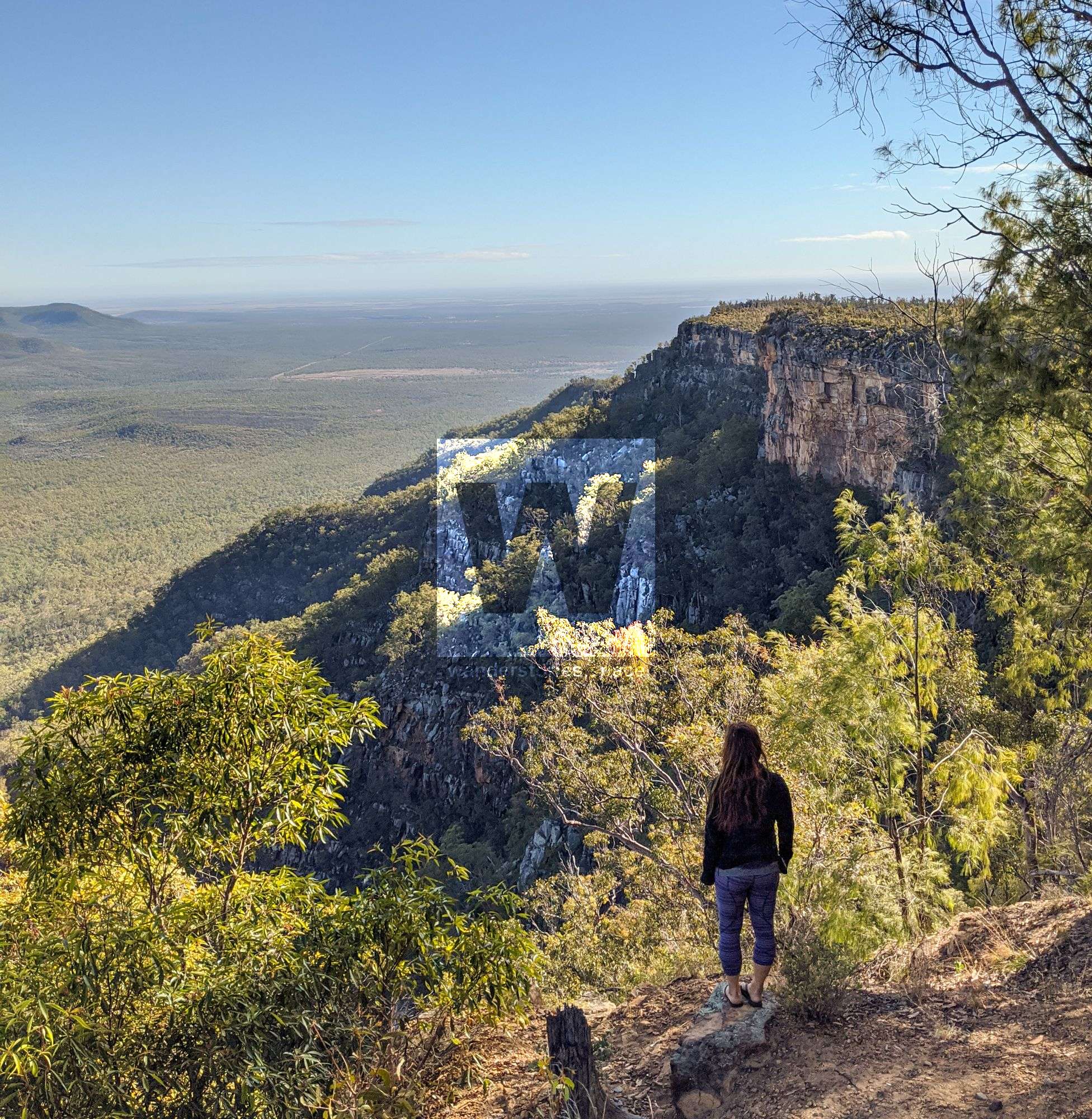
Yaddamem Dhina (Horseshoe Lookout)
Yaddamem Dhina (Horse Feet) // Horseshoe Lookout
Distance: 200m return
Difficulty: easy
Time: 4 min
Yaddamin Dhina is near the start of the national park. The sealed track takes you to a lookout over the escarpment where you can see towering sandstone cliffs and sweeping views of distant ranges and plains 500 metres below. Visiting the lookout around sunset can be rewarding. Various Blackdown wattles grow along this short track.
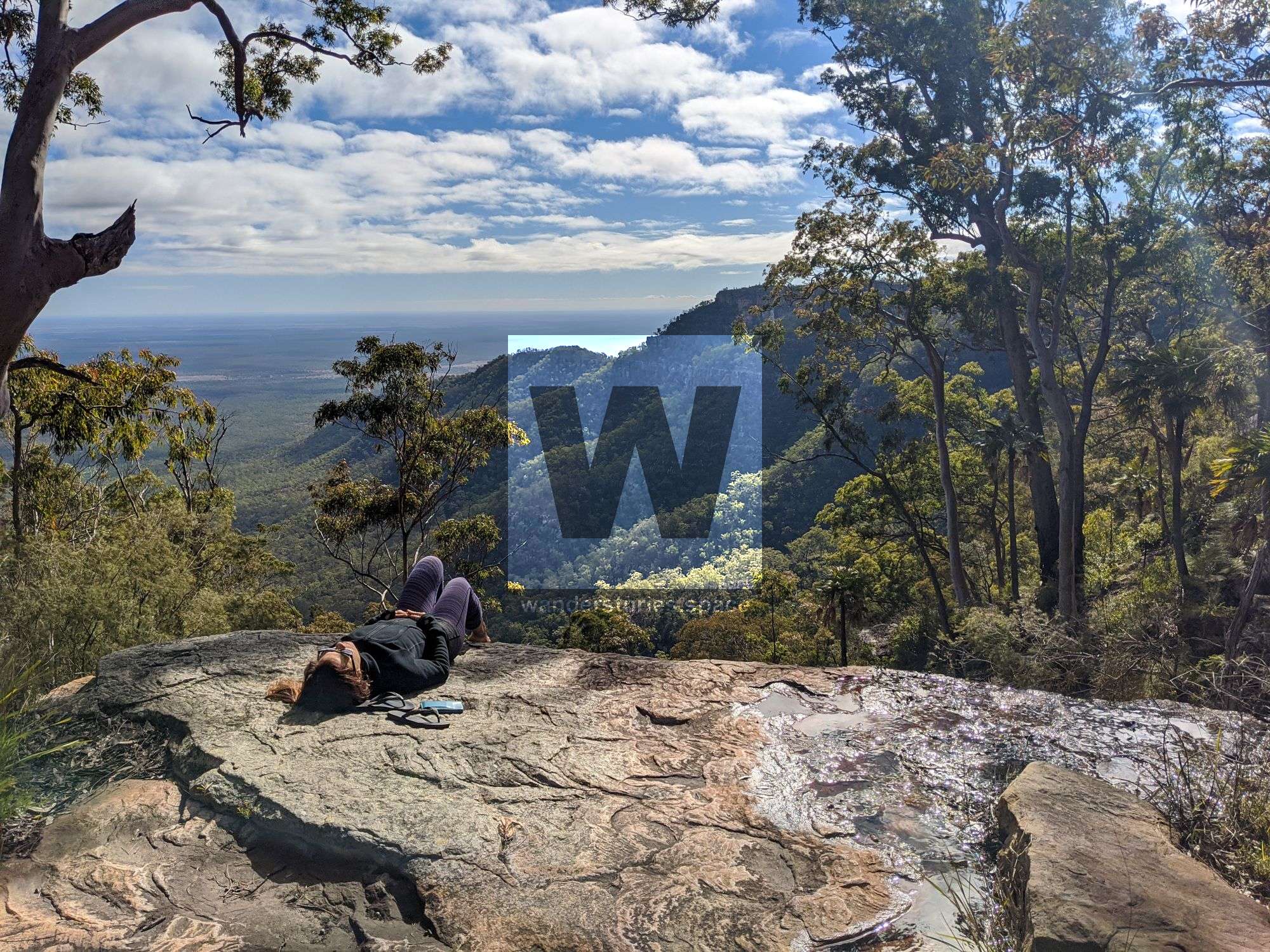
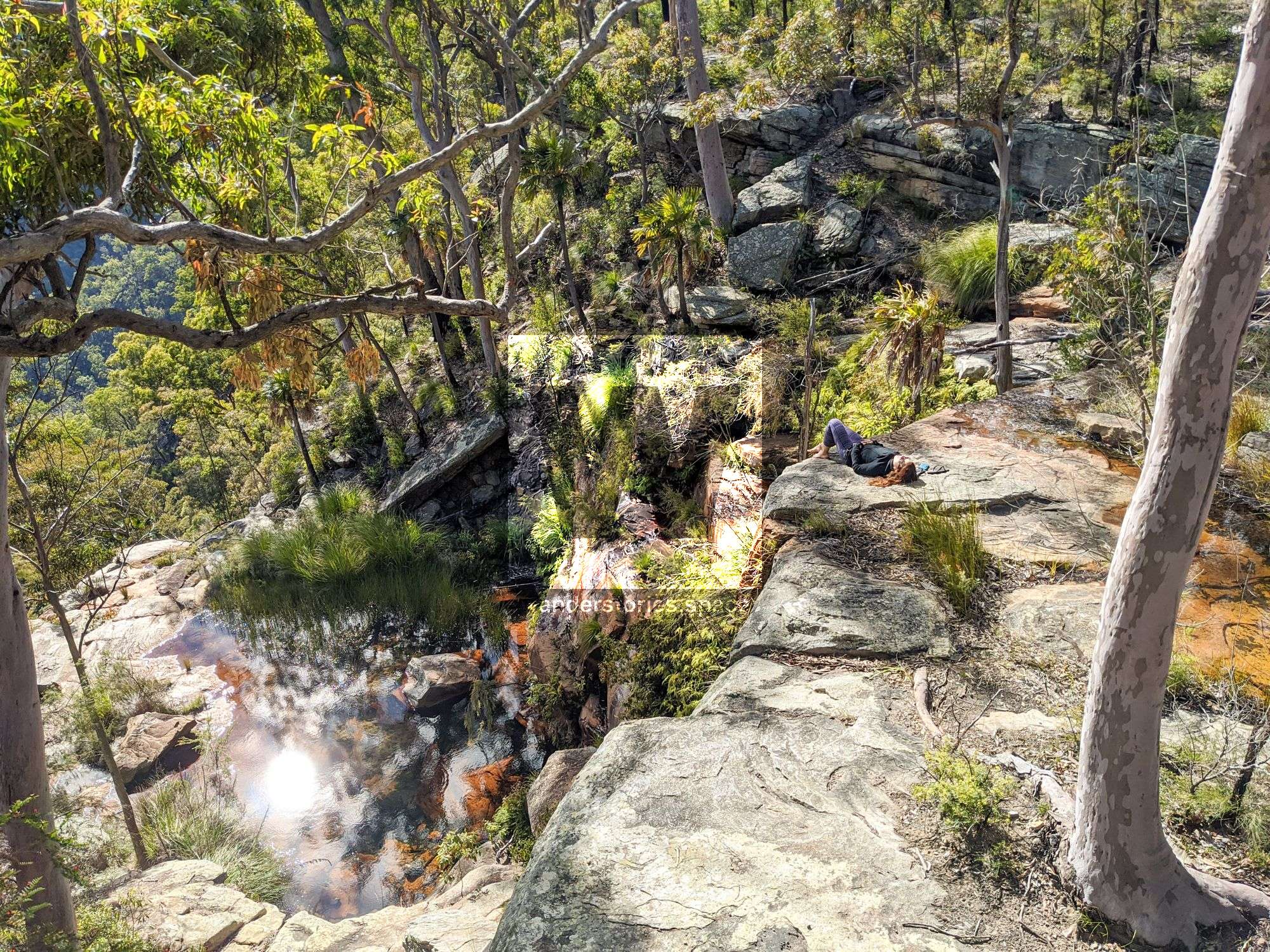
Goodela (Two Mile Creek)
Goodela (Eagle) // Two Mile Creek
Distance: 3.6 km return
Difficulty: easy-moderate
Time: 1 hour
Goodela is another easy walk but along the escarpment at Blackdown Tableland. See the contrasting textures of this open hardy woodland and the creek's soft lush vegetation. The track winds through eucalypt forest and the vegetation changes as you approach the creek. Look at the delicate ferns and mosses thrive near the bridge and listen to the water trickling over sandstone boulders.
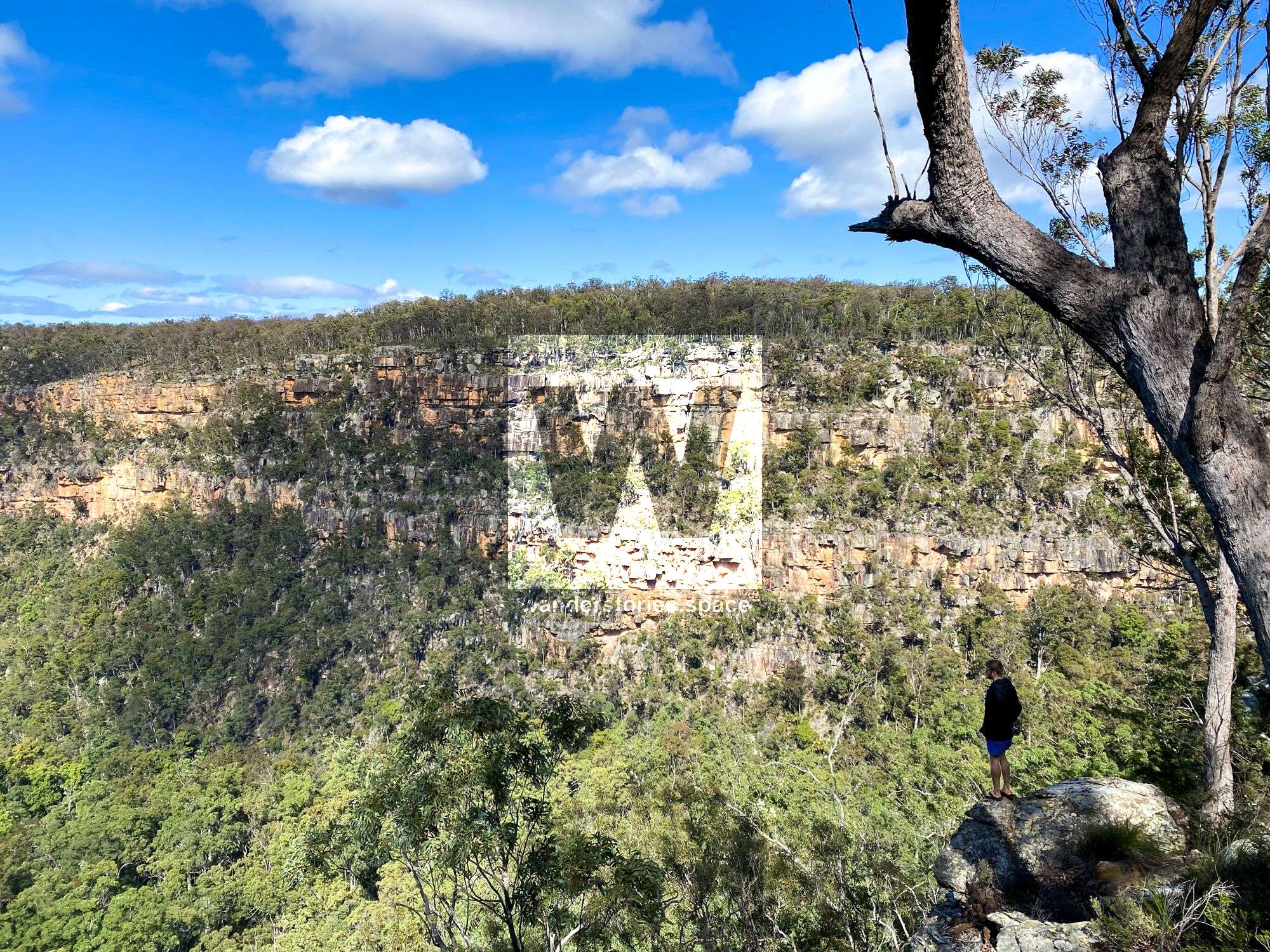
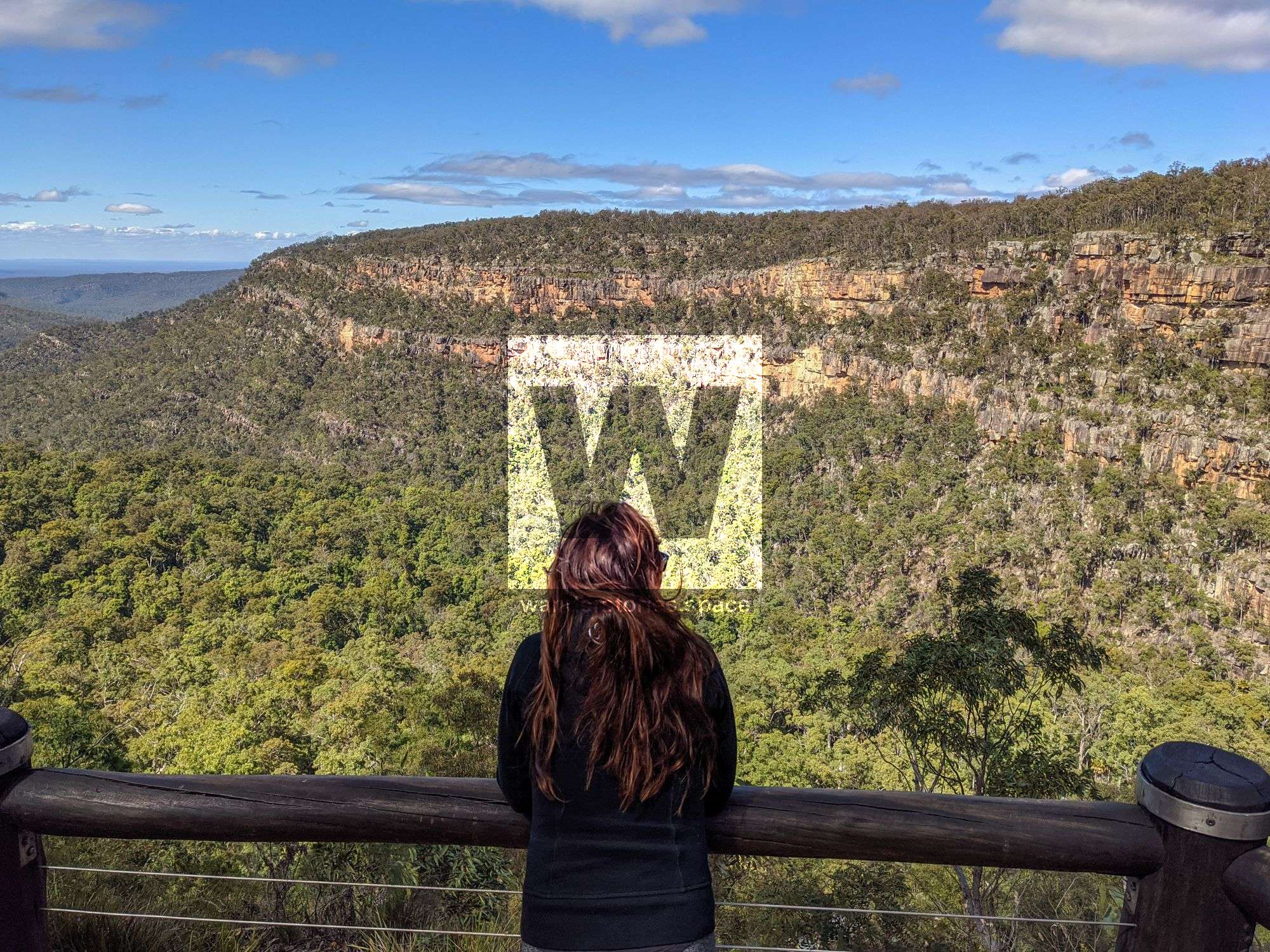
Mook Mook (Officer's Pocket)
Mook Mook (Owl) // Officer's Pocket
Distance: 2.4 km return
Difficulty: easy-moderate
Time: less than 1 hour
The trail to Mook Mook Lookout is quite a pleasant little walk that starts along Mimosa Creek before crossing the rocky creek bed. Tall stringy barks and spotted gums shade the track. Follow the trail over the table's gentle ridges to the edge of the tableland where you end up at a lookout opening up into a sweeping gorge flanked by sandstone cliffs and views of the distant ranges.

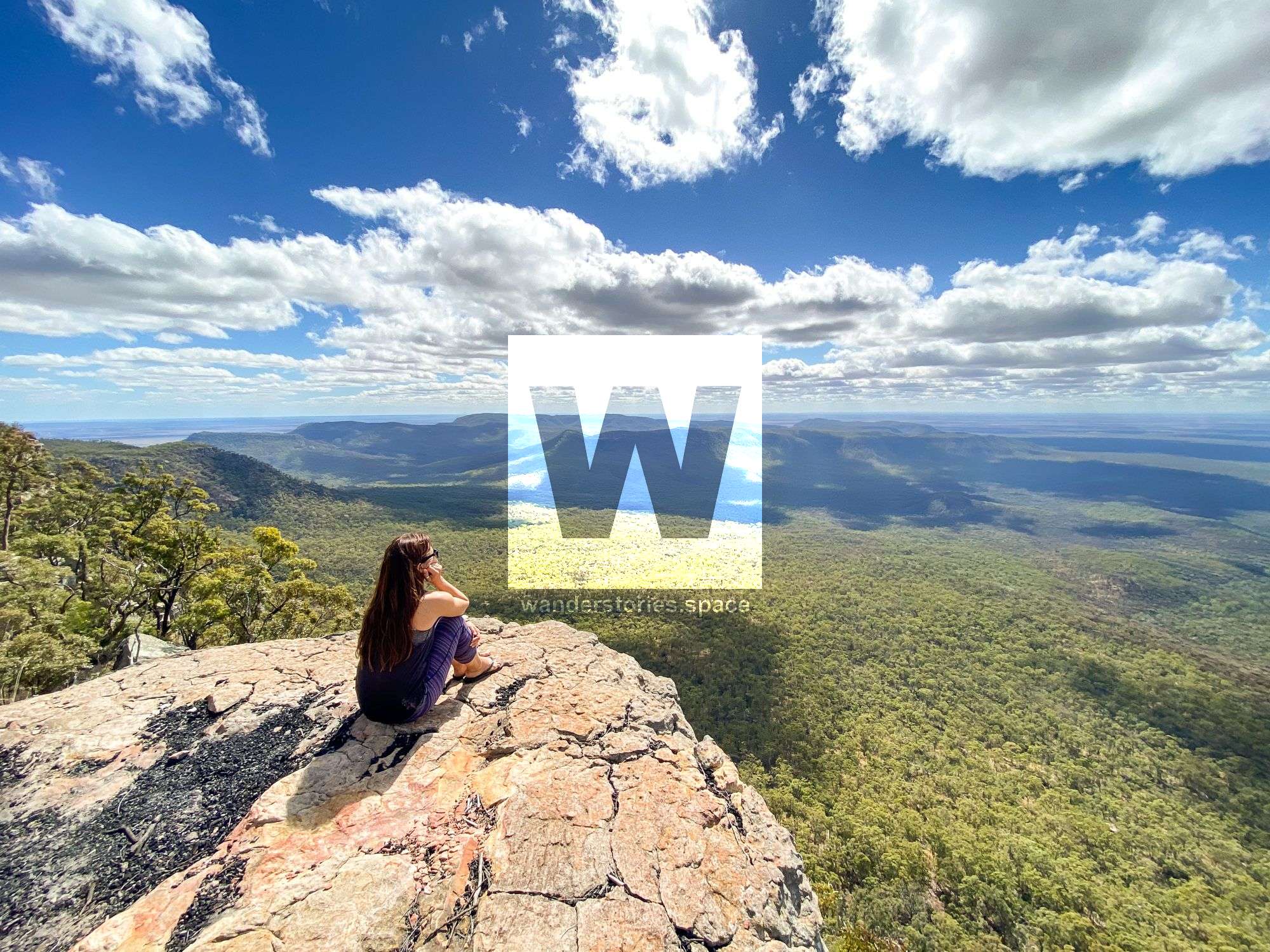
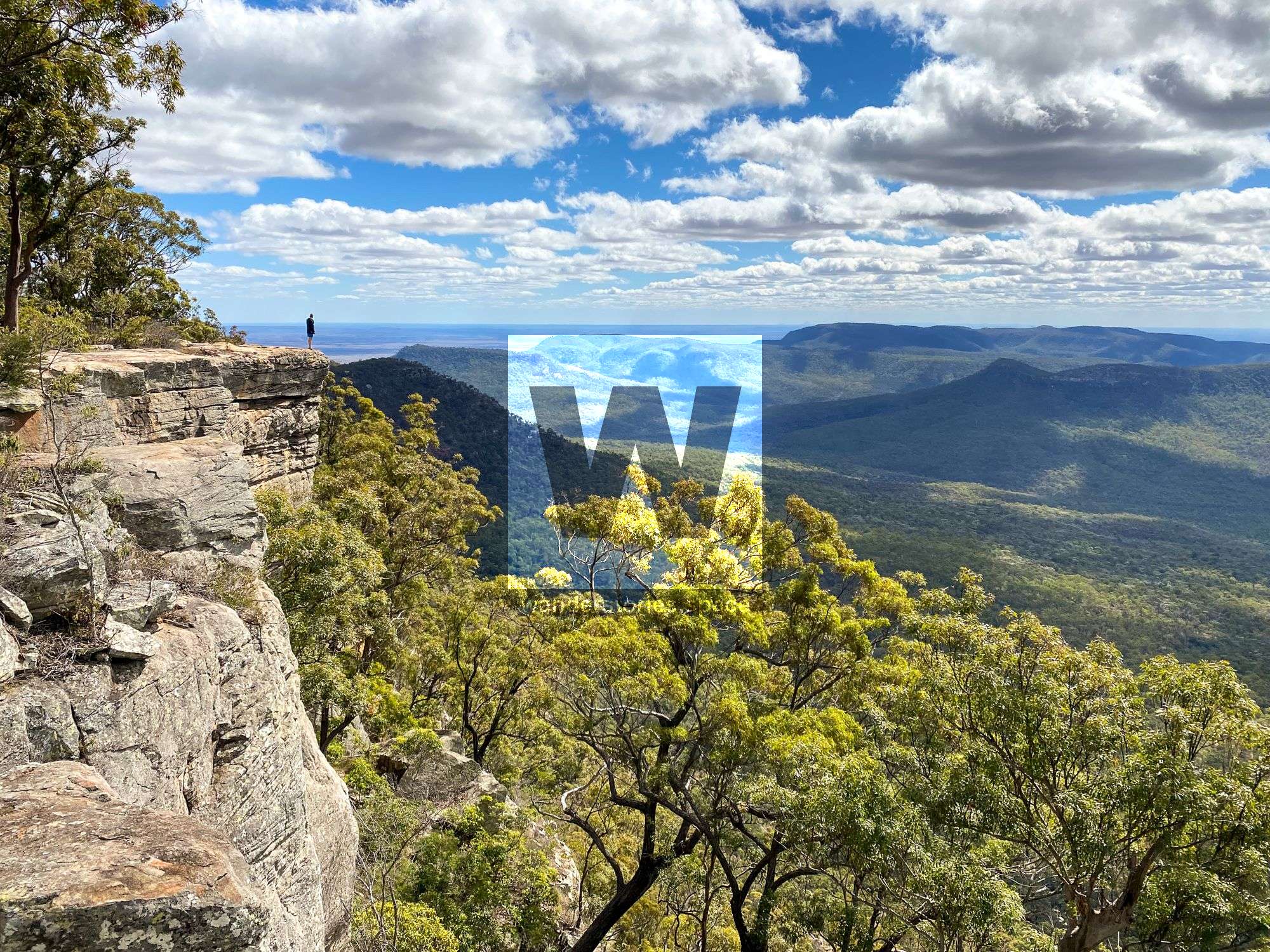
Mitha Boongulla (Charlevue Lookout)
Mitha Boongulla (Black Tall Timber) // Charlevue Lookout
Distance: 100m return
Difficulty: easy
Time: 2 min
Mitha Boongulla is a short walk but it's along the scenic drive (four-wheel drive only) section of the national park. Look out over the open forest towards Arthur's Bluff and see the birds soar by.
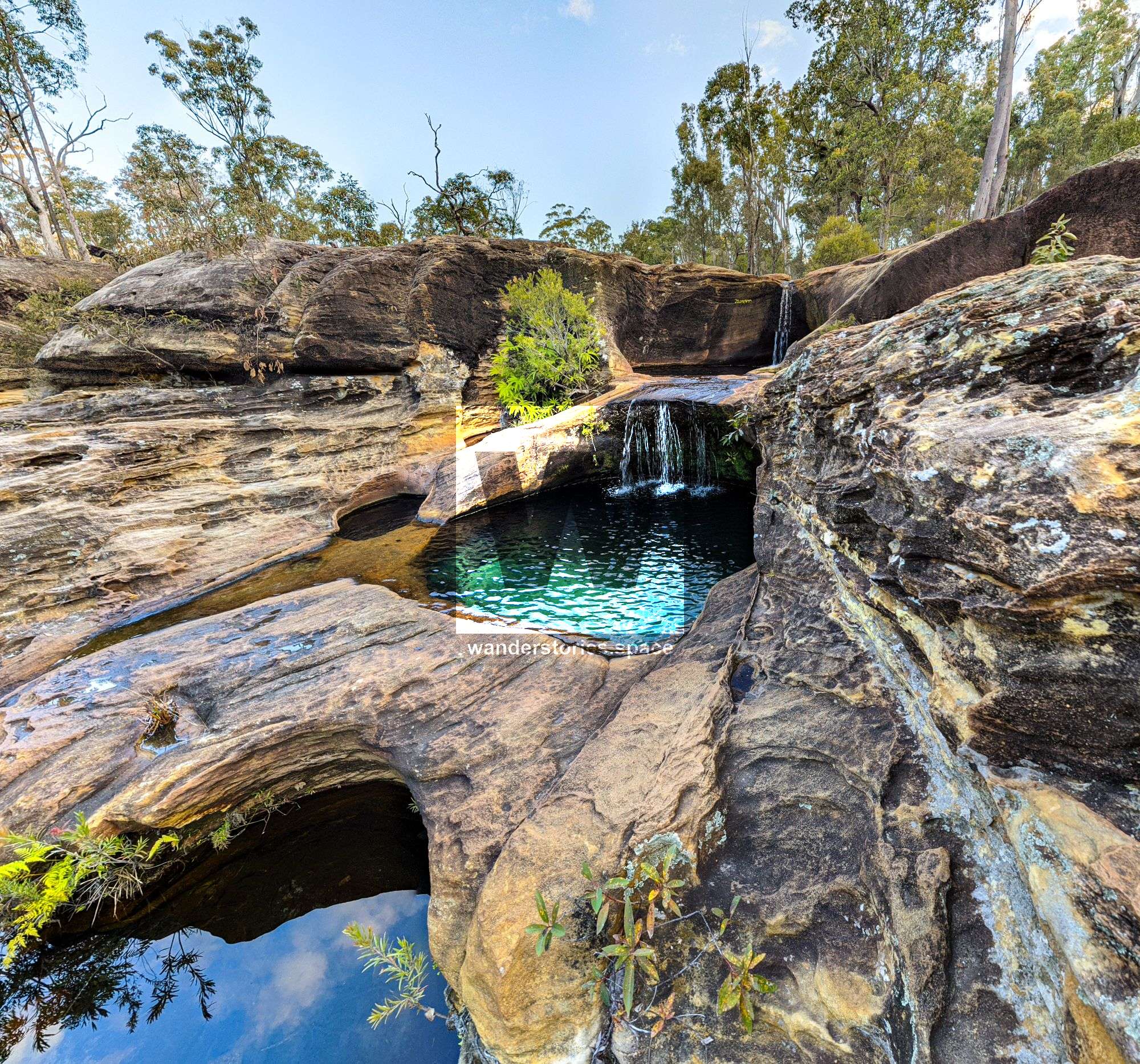
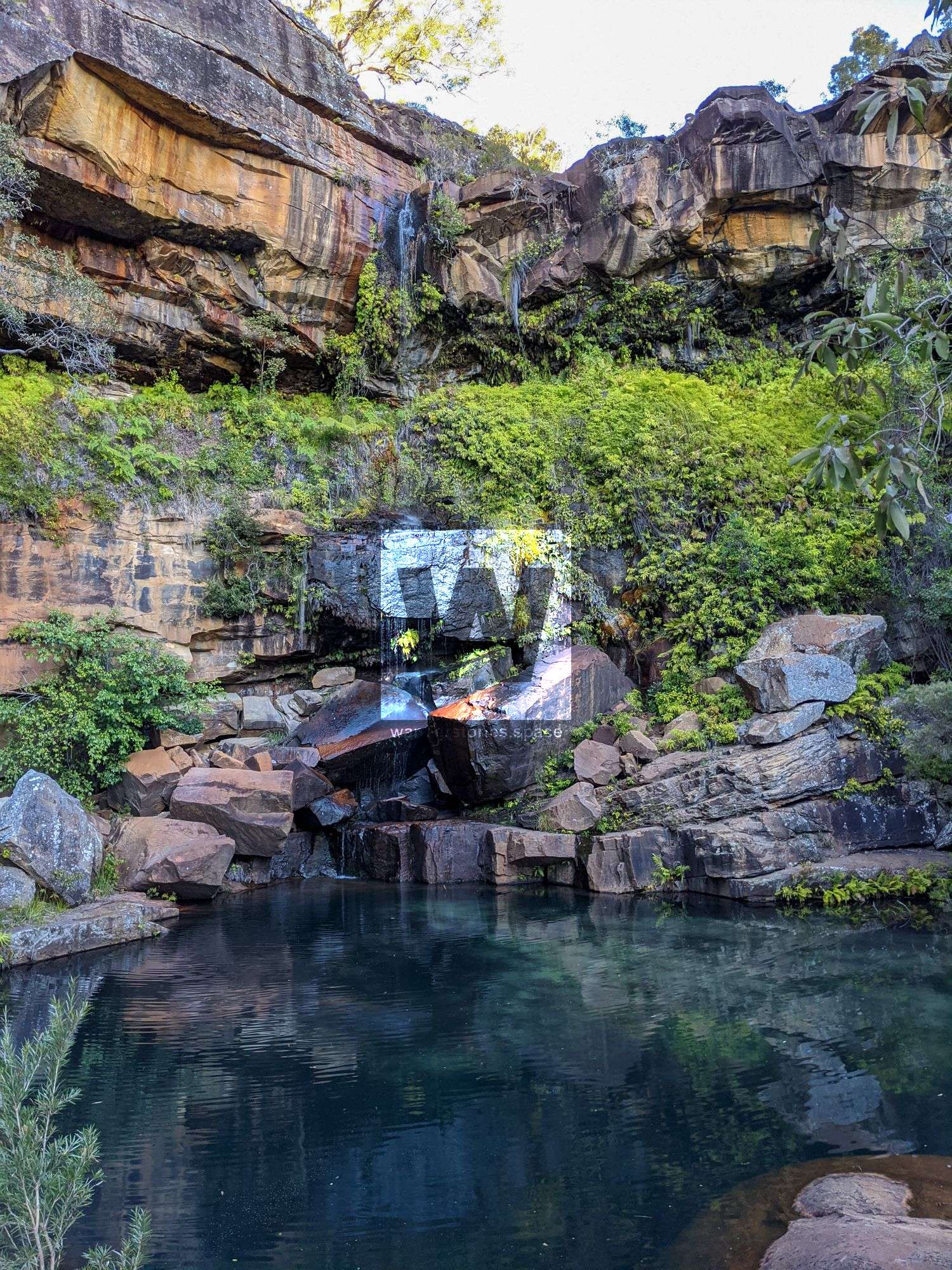
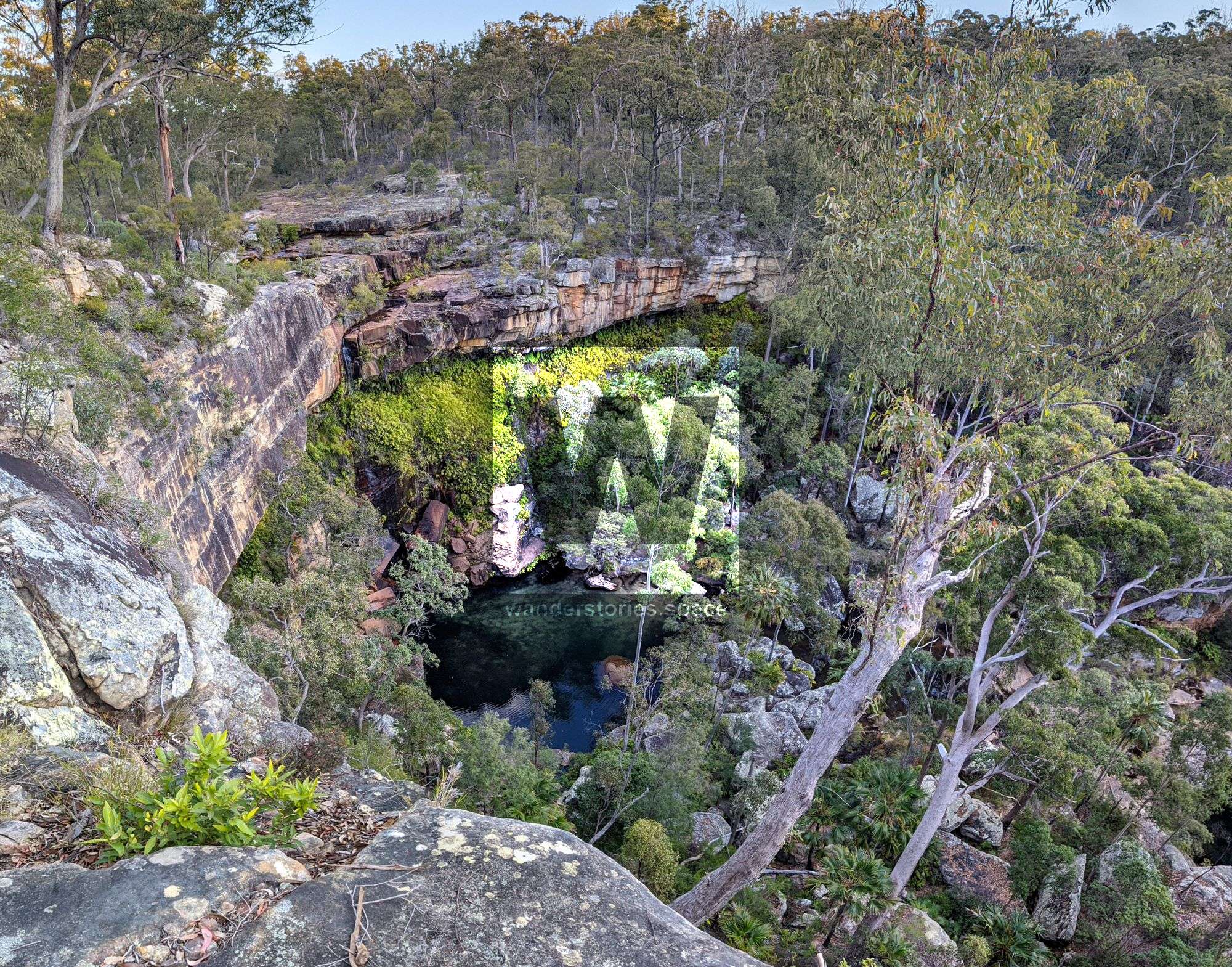
Gudda Gumoo (Rainbow Waters) // Rainbow Falls
Gudda Gumoo (Rainbow Waters) // Rainbow Falls
Distance: 4 km return
Difficulty: moderate
Time: 1.5-2 hours
Gudda Gumoo Gorge (Rainbow Falls) is the highlight at Blackdown Tableland. The walk leads into a lush sandstone gorge with abundant ferns and a clear, cold pool at the base of the waterfall. The trickling waterfall spills over sandstone ledges and reflects a shimmering rainbow when the light shines just right. Be sure to check out the two small pools at the top.
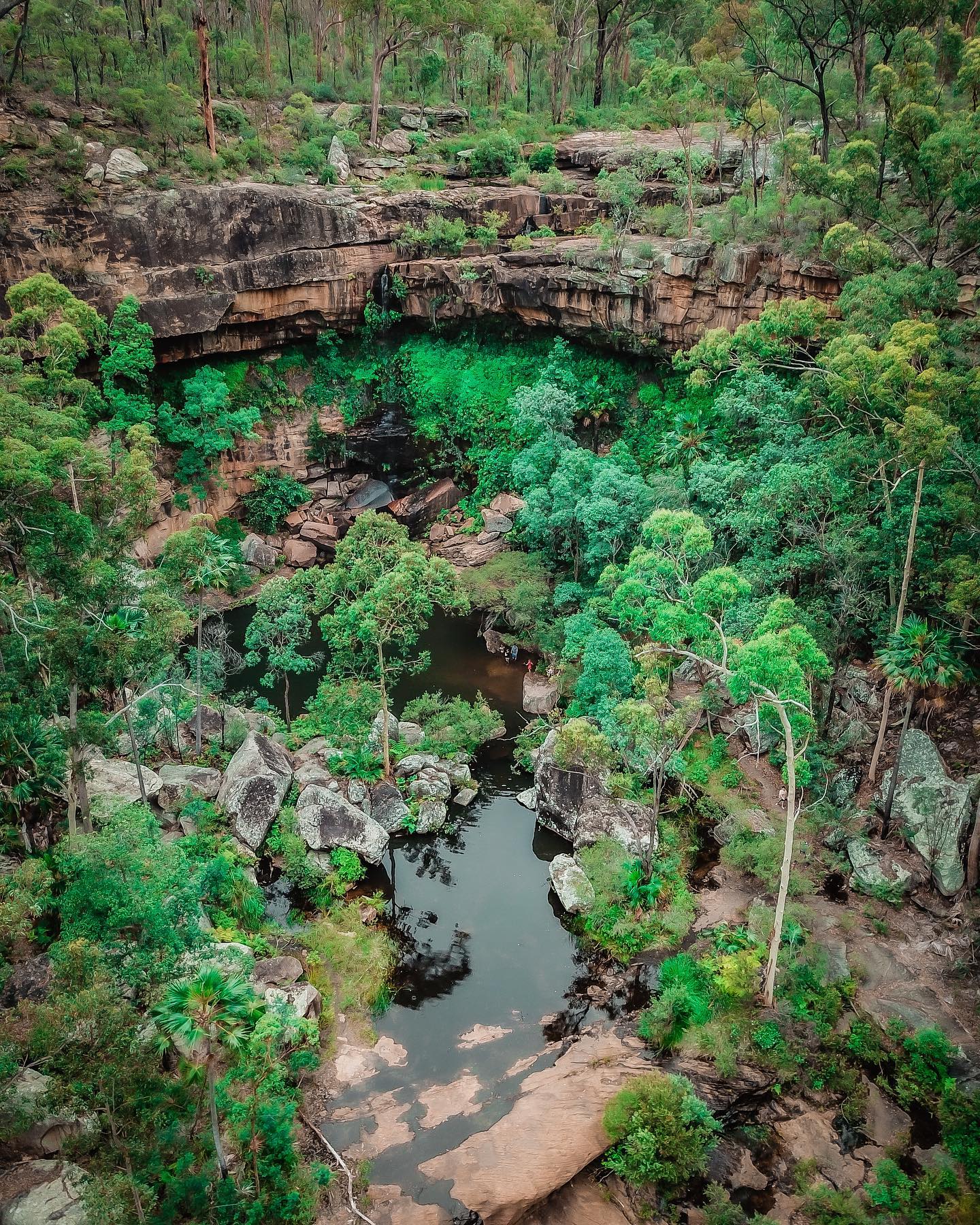
Plants and animals rely on cool moist conditions at Rainbow Waters. At the lookout, you are surrounded by stringybarks and spiky grass trees, where you can gaze across the gorge to distant plains and hills. The Blackdown 'monster' is a cricket-like insect that lives underground, only surfacing after rain and found only in this national park. On warm summer evenings, you may also come across a rare Christmas beetle unique to Blackdown Tableland.
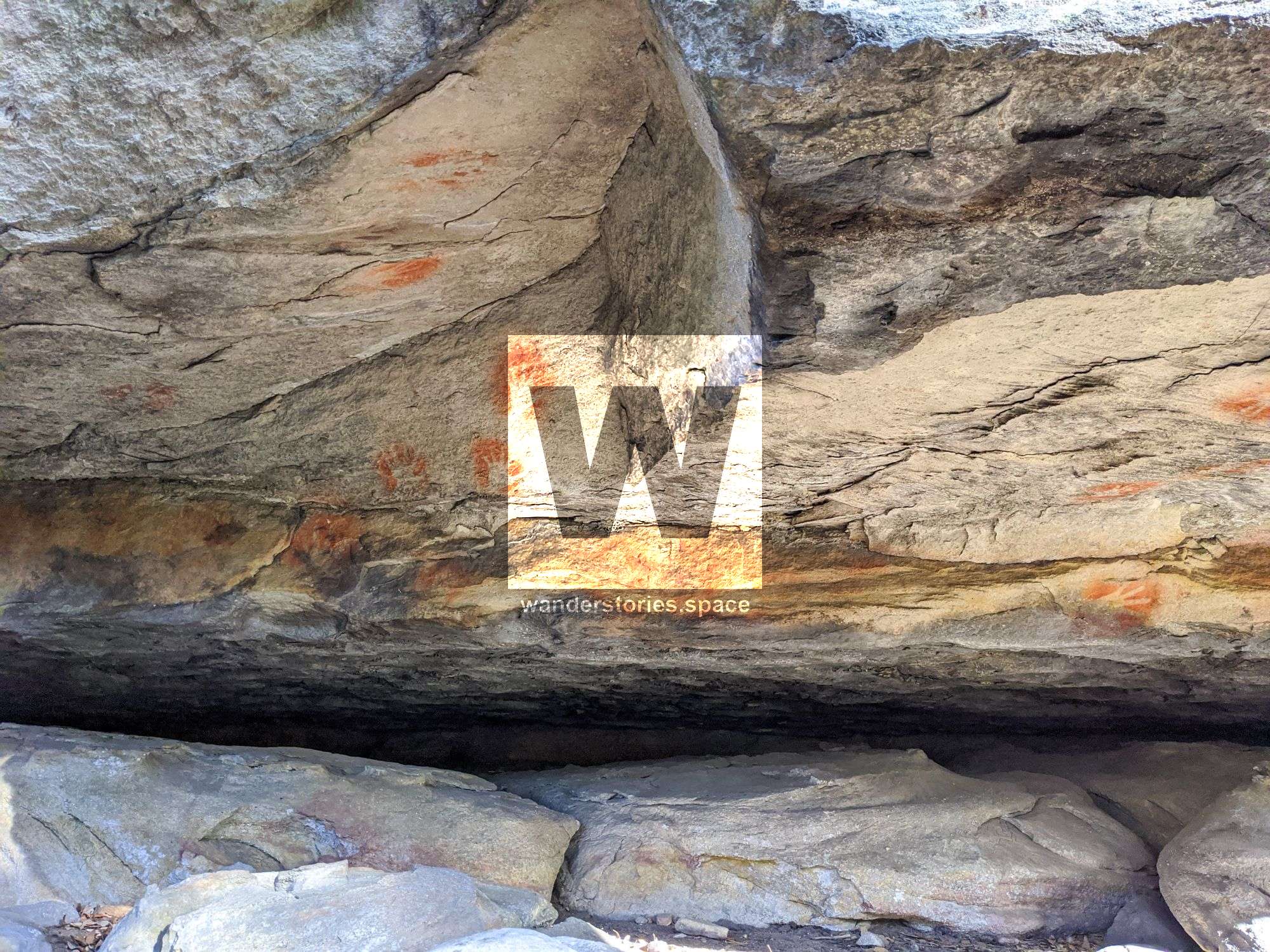

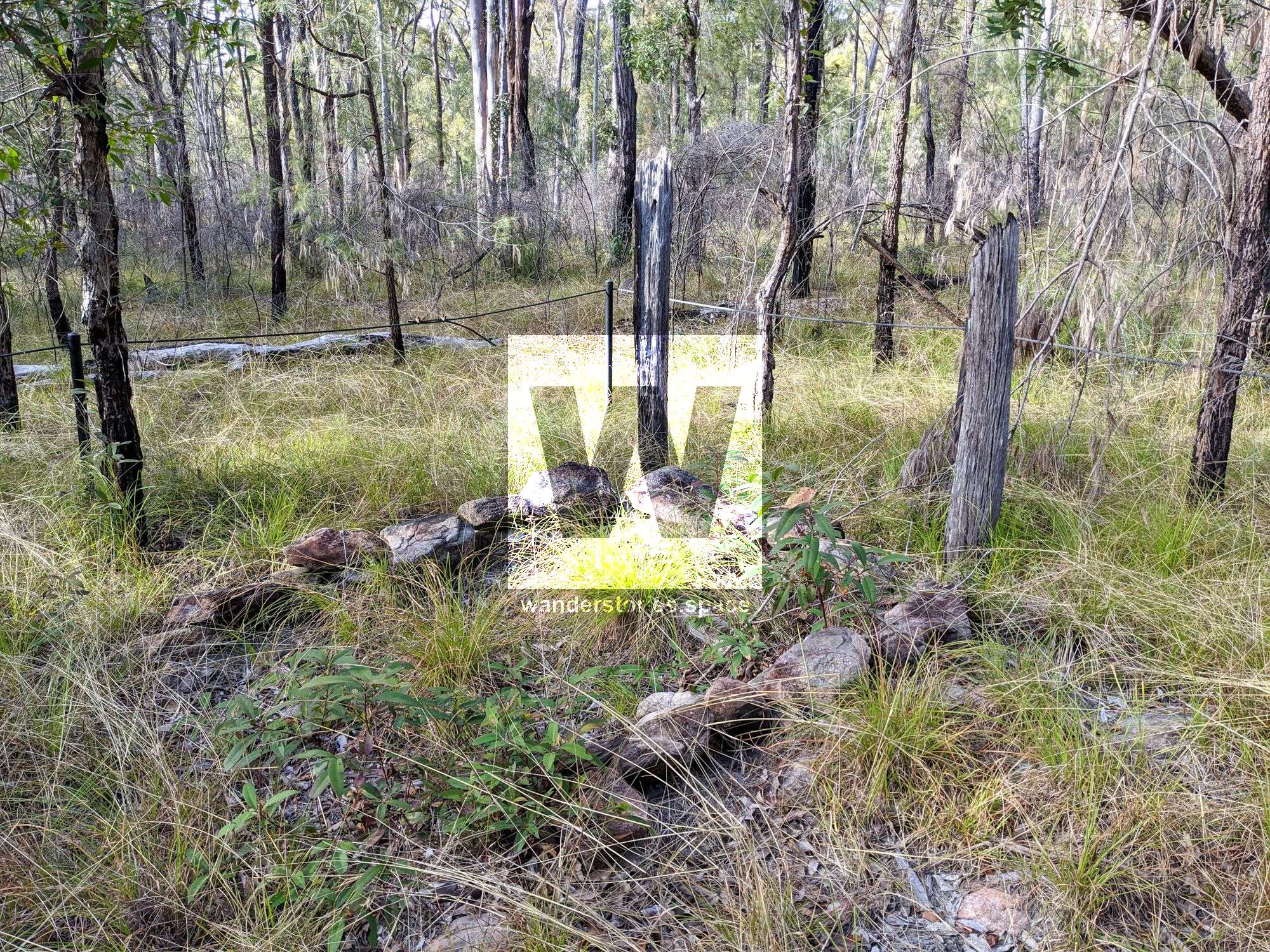
Goon Goon Dhina (Culture Circuit)
Goon Goon Dhina (Lightning Lizard) // Culture Circuit
Distance: 2.5 km loop
Difficulty: easy
Time: 0.5-1 hour
Goon Goon Dhina is an easy loop right next to the camping grounds and takes you into a forest full of orange stringybarks, following Mimosa Creek upstream to the Ghungalu art site. There are plenty of interpretative signs along the way that offer insights into the park's history and how the Ghunglau people traditionally used plants for food and shelter, and pause to observe their stencil art of sandstone. You will also see cattle-yard ruins and an old forestry camp.
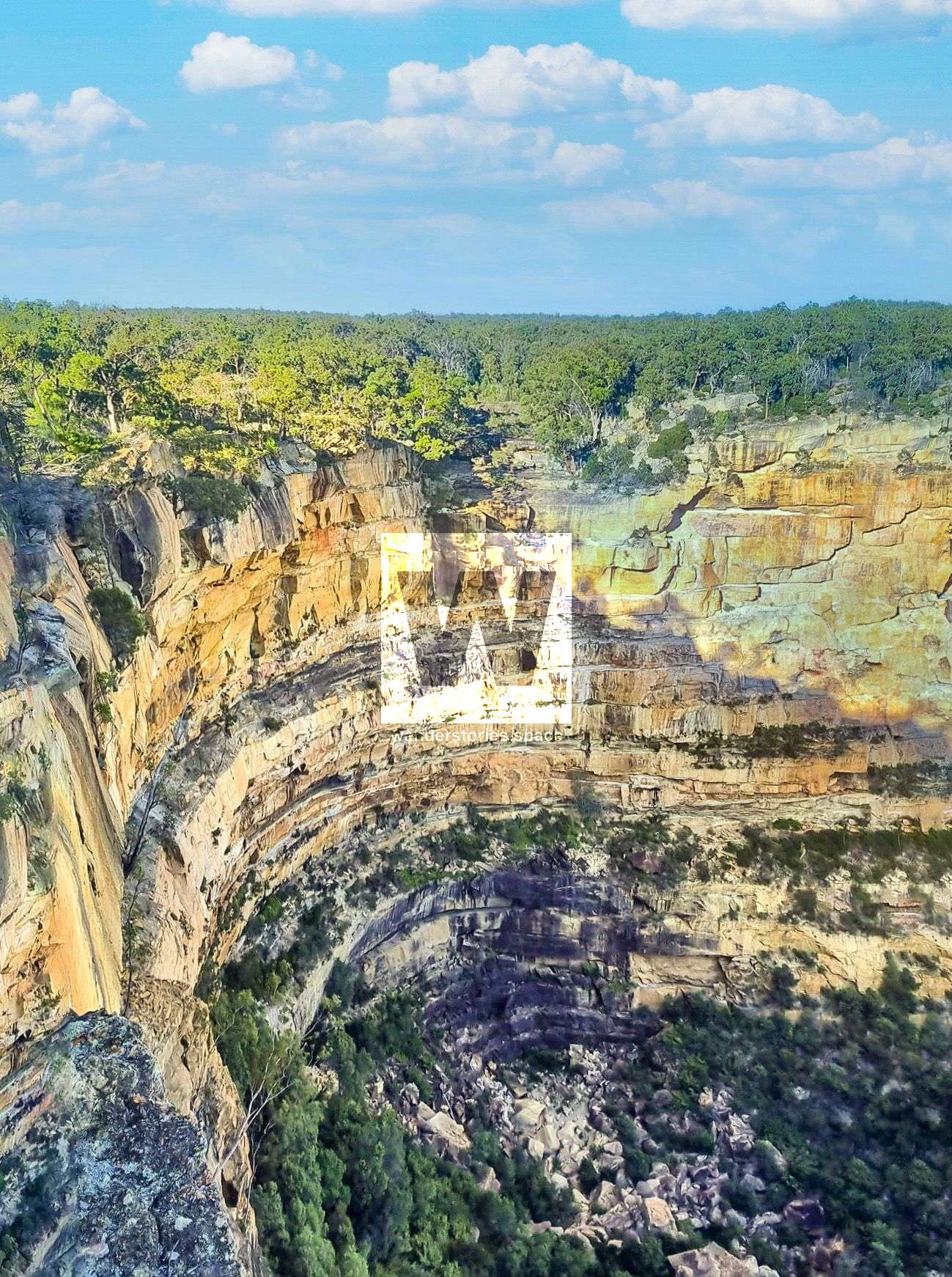
Remote Hikes
There's the opportunity for remote hikes to rugged gorges and sandstone escarpments for those who are experienced. Stony Creek Falls is one of the most spectacular sights in Queensland, though it's usually dry.

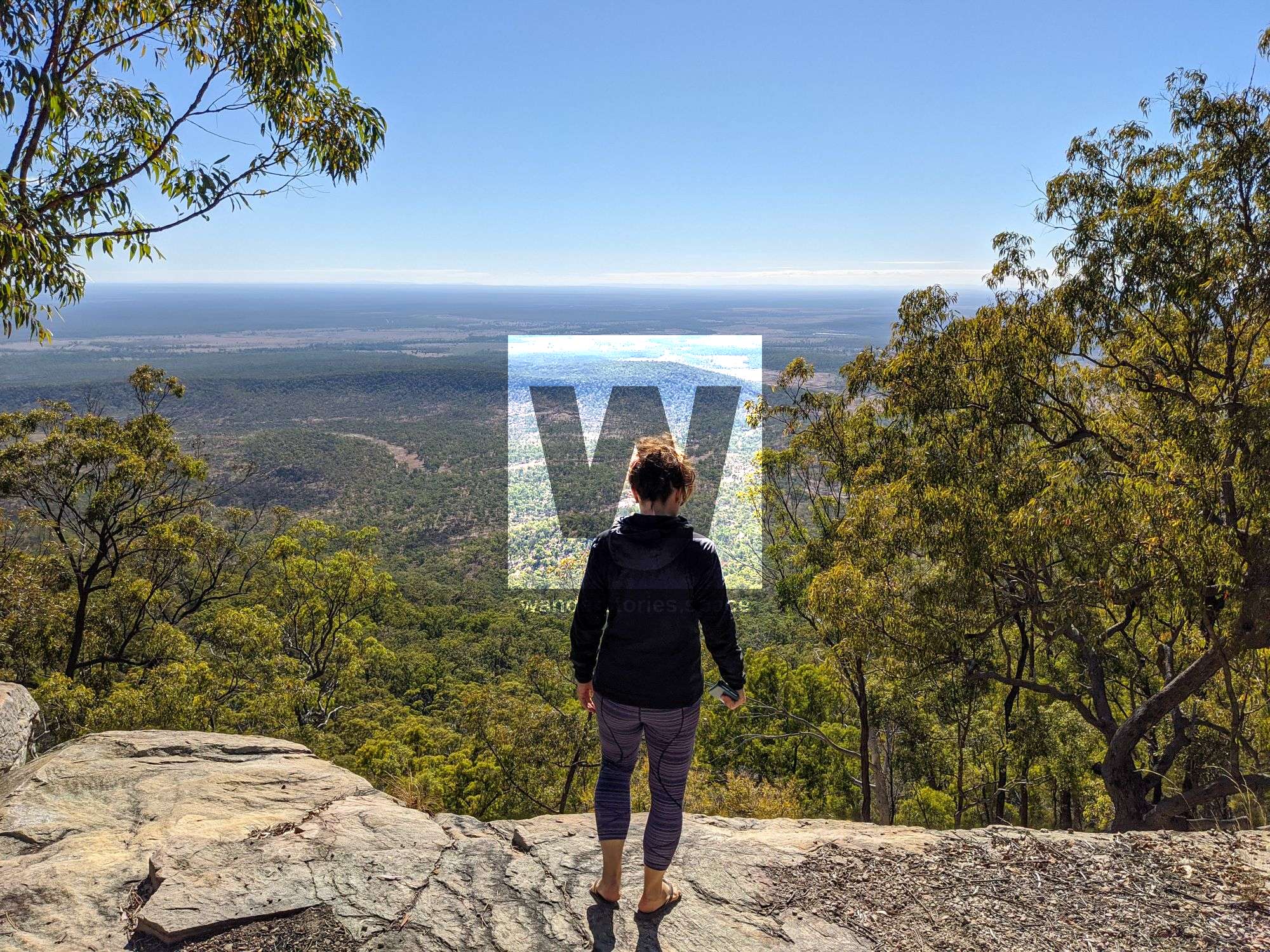

Brief History
Formed over millions of years, Blackdown Tableland's sandstone cliffs dominate the surrounding landscape. Rising high above the surrounding plains, the Dawson, Expedition and Shotover ranges converge at Blackdown Tableland. Their reddish sandstone rock originated about 240 million years ago when spreading rivers washed vast sheets of sand into the great depression of the Bowen Basin.
The weight sediments above and compressing geological forces from the east hardened sands to a grainy rock. Over time, erosion carved dramatic gorges and escarpments and nor provide refuge for important species to survive.
Seeing the rich glow of sunset fade on sandstone cliffs, it's easy to feel lost in the natural beauty of Blackdown Tableland.
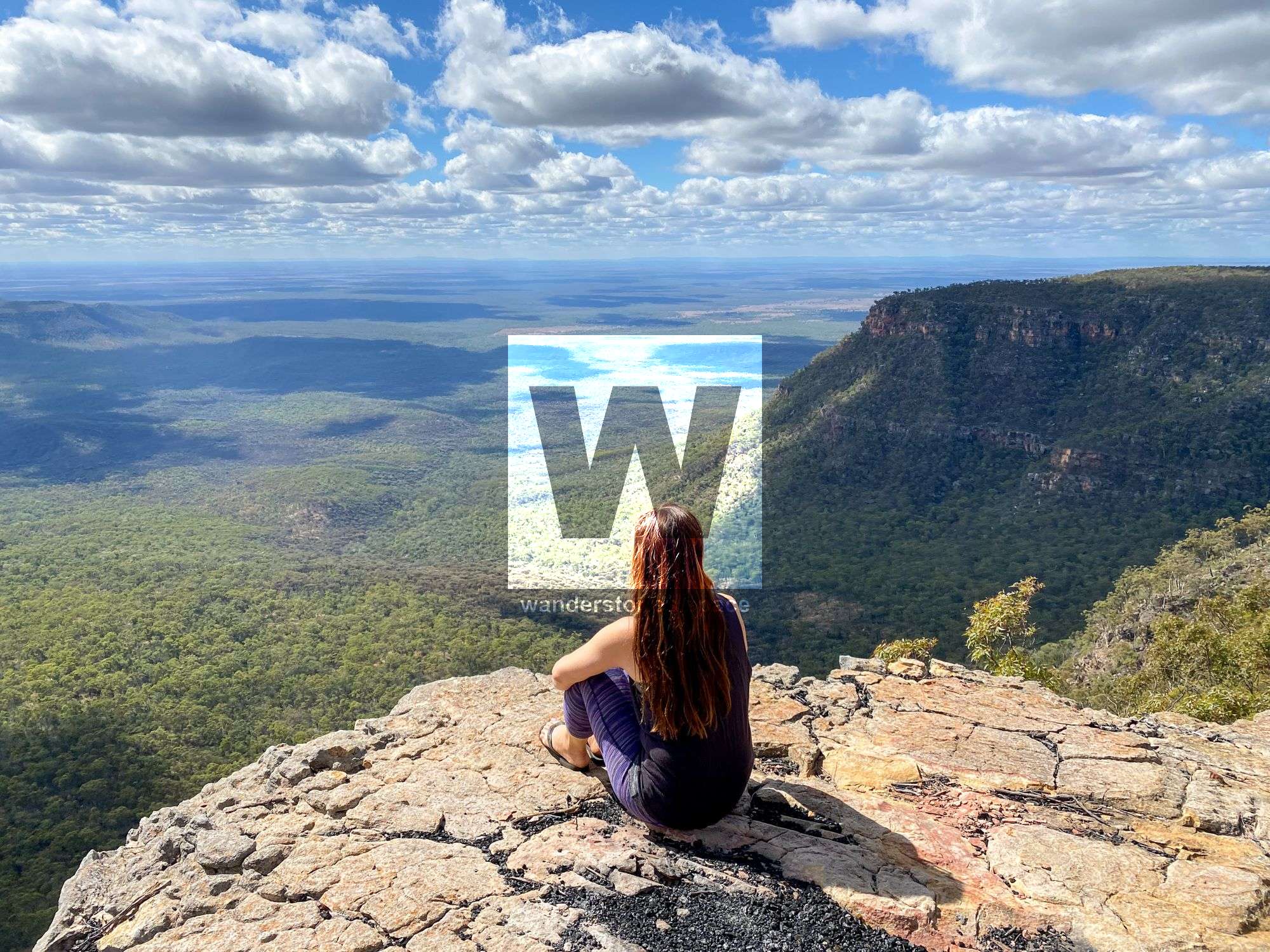

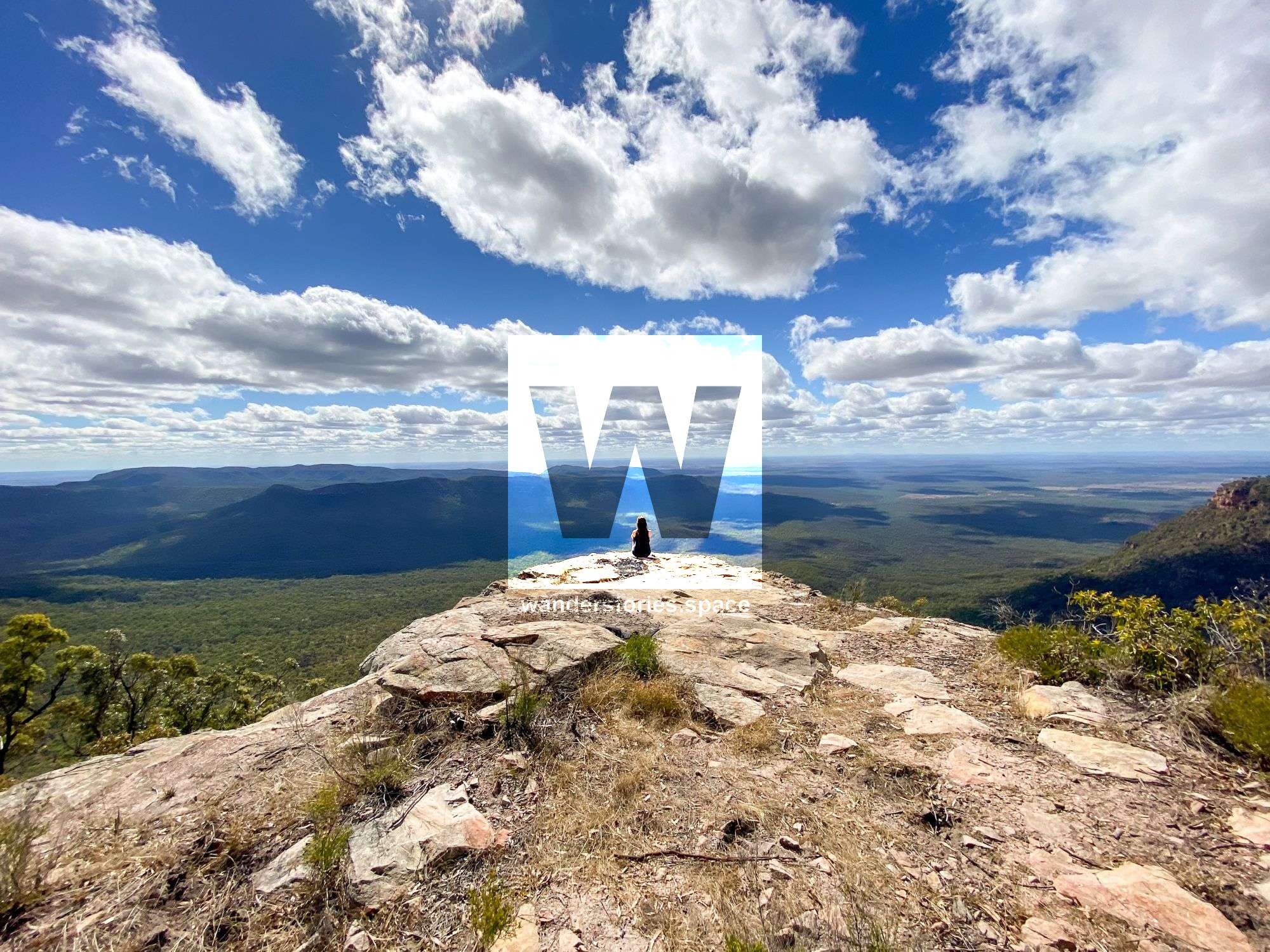
Sculpted over millions of years, Blackdown's dramatic gorges and raw cliffs are stunning attractions. These sandstone wonders, part of the great Bowen Basin, tell us something of the region's long geo journey.
A swampy start - 210-265 million years ago
The Bowen Basin began as a long valley behind a coastal mountain chain. Volcanic rock bordered its eastern margin and river sediments accumulated in the southwest depression. Later, the sea flooded the basin and filled it with marine mud. As the sea slowly withdrew to the south, alluvial plains and swamps with thick coal deposits extended from the north.
Higher and drier - 240-235 million years ago
Volcanic sediments were eroded from the rising mountains, eventually filling the Bowen Basin and transforming it into shallow river plans. Freshwater streams later flushed thick blankets of quartz sand across most of the basin. The weight of the sediments above and compressing geological forces from the east hardened the sands to a grainy rock. These resistant beds of reddish-brown, coarse-grained sandstone belong to the Clematis Group and are visible in Blackdown Tableland's eastern cliffs.
An elevated refuge - current
Over time, the sandstone has resisted erosion to remain as flat-topped tableland while older softer sediments have weathered away to the surrounding plans. Being elevated and isolated, Blackdown Tableland is home to plants and animals found nowhere else.
Blackdown Tableland supports diverse plant communities including heathlands, dry eucalypt forests and moist pockets of ferns, mosses and orchids. Being elevated, the park is often cooler and moister than nearby plains.
Its isolation means plants and animals, found nowhere else, thrive here. These include the Rainbow Falls callistemon, the Blackdown stringybark, a red grevillea and two varieties of Blackdown wattle. The Blackdown monster, a red grevillea (Grevillea longistyla) and this species of wattle (Acacia gittinsli) are only found at Blackdown Tableland.
Ghungalu country is bordered by the Mackenzie, Dawson, and Comet rivers and the Bigge Range. For thousands of years, the Ghungalu People have watched over this place, guided by the seasons and their ancestral spirits. Ghungalu camped by Mimosa Creek enjoying the riches of their homeland.
At art sites across the tableland, stencils of hands and stone tools communicate Ghungalu culture and customs. During special ceremonies, descendants perform traditional dances, bringing ancient stories to life. Ghungalu Elders are preserving their culture and country by passing on their valuable knowledge to younger generations.
From the late 1840s, European settlers were attracted to Blackdown's lush green vegetation for its cattle grazing potential. William Yaldwin, a one-time squatter, civil servant and member of the Queensland legislative, secured the first grazing lease over this land in 1868 as the first cattle grazing lease. He named the area after "Blackdown House", his family home in Sussex England.
Since Yaldwin's early endeavours, countless others have attempted to graze cattle on Blackdown Tableland. None were successful as severe nutrient deficiencies in the soil mean that cattle grazing here for several months tend to lose condition and develop ricketts. This may also explain the absence of large grazing mammals, such as kangaroos, on the tableland.
Access to Blackdown improved considerably in 1971 when the Forestry Department commenced logging on the tableland. As Central Queensland's need for timber increased, Blackdown's large stringybarks became a valuable resource. A road was cut to transport the timber down the range to sawmills in nearby Dingo and Duaringa. This is the same road visitors use to access the park today.
For many years Blackdown. was regarded as isolated and inaccessible, in 1914, a party of five women and 18 men ascended the range on horseback They eventually reached the top along crudely constructed bridle tracks up steep ridges (a feat previously considered impossible, for women at the time).
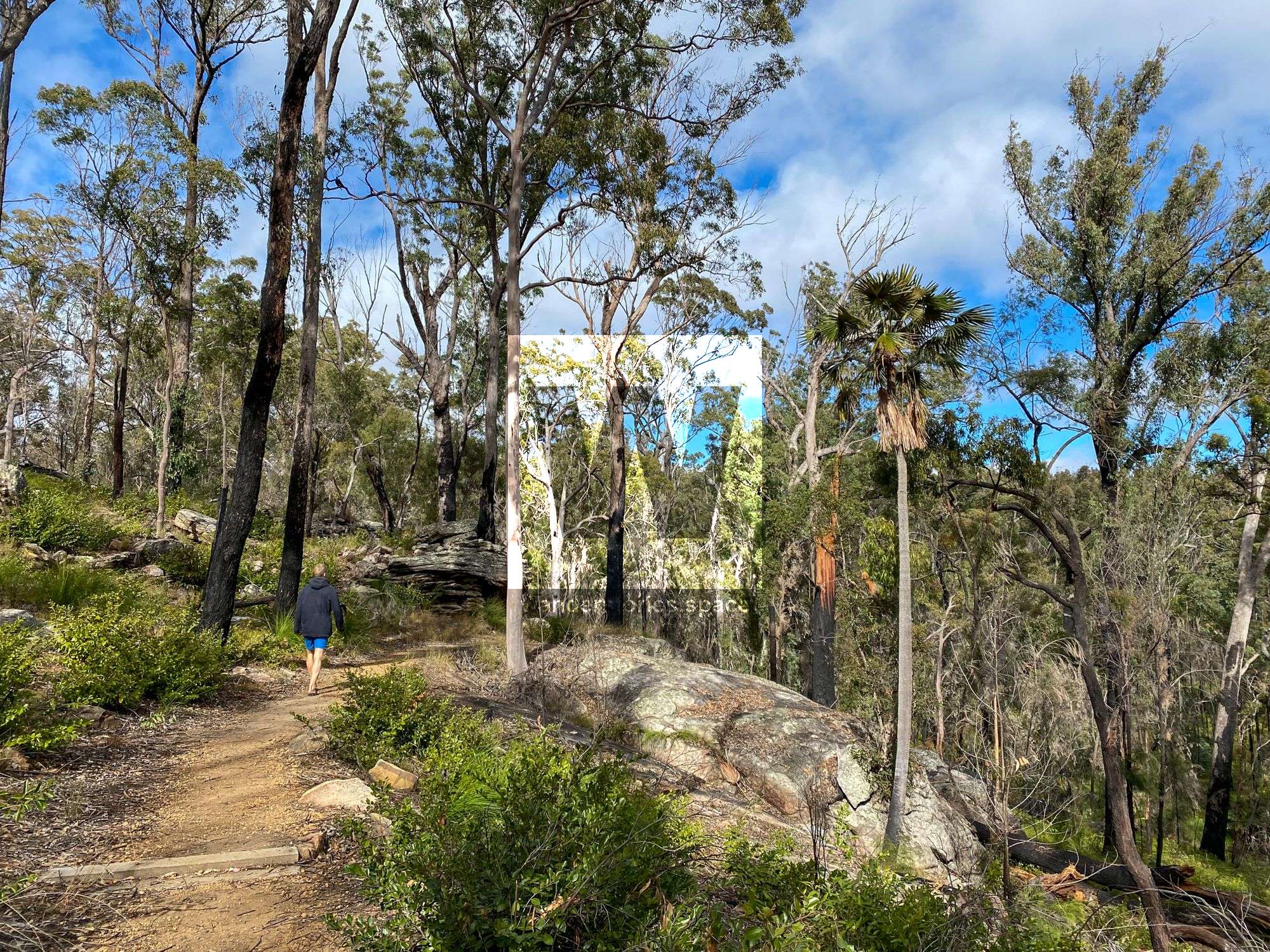
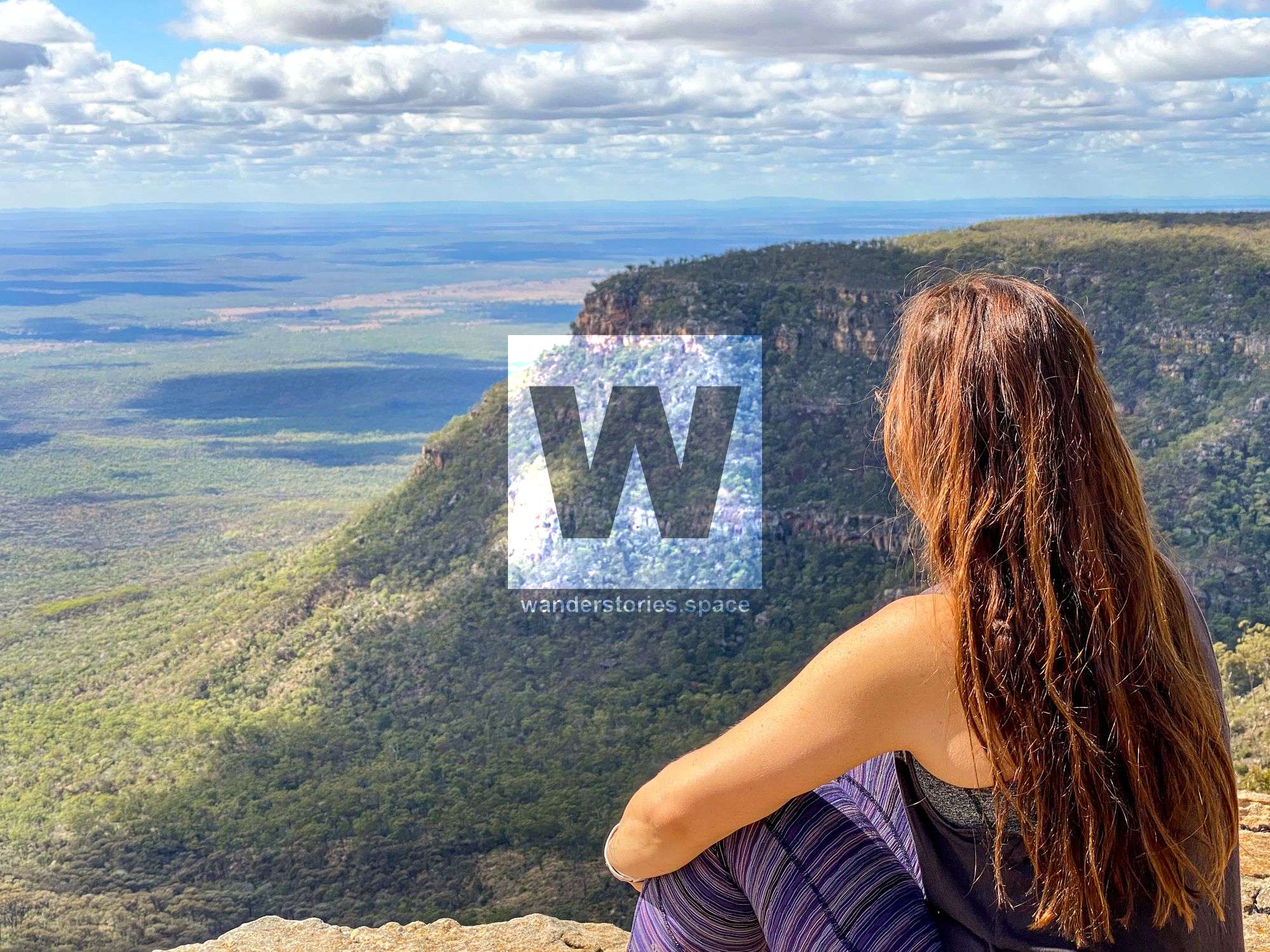
Notes
- Take nothing but memories. Please leave everything as you found it.
- Keep wildlife wild. Never feed native animals-you might be bitten or scratched. Let animals find their own food. Our foods can be harmful to them.
- Leave your pets at home. You will protect your pet and native wildlife, and encounter more animals during your stay. Domestic animals are not permitted.
- Take it in, take it out. Bag all your rubbish and take it home for recycling or disposal.
- Bring your own firewood. Collecting firewood anywhere in the park is prohibited. Wood provides homes for wildlife and nutrients for the soil.
- Drive and walk with care. Pea gravel is extremely slippery.
- Never walk alone. There's safety in numbers. Tell family or friends where you are going and when you expect to return.
- Keep to marked tracks. Stay behind safety barriers and make sure children don't run ahead. Stay away from cliff edges.
- Carry a first kit and drinking water. When walking, carry extra supplies in case your walk takes expected.
This article, and all other articles, are for entertainment purposes only and are not to be used as a guide. Please see our Disclaimer for more information.
